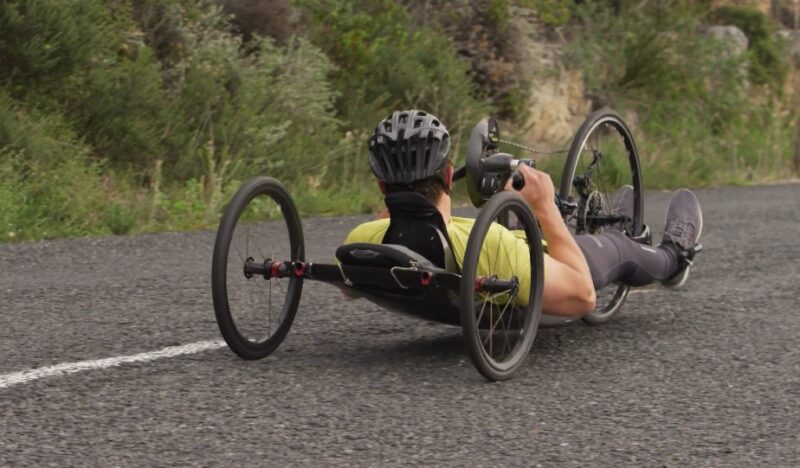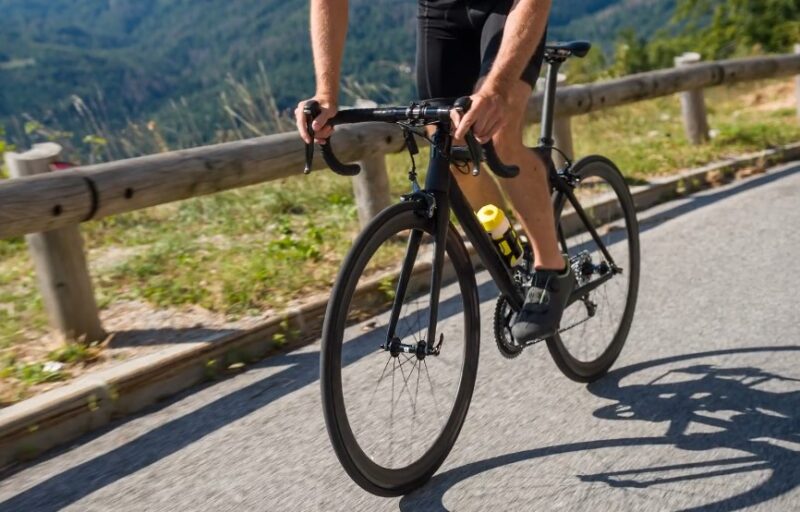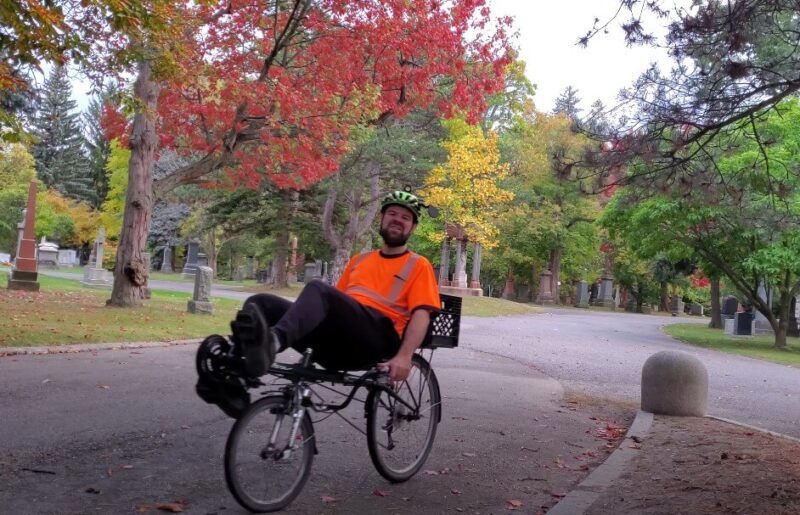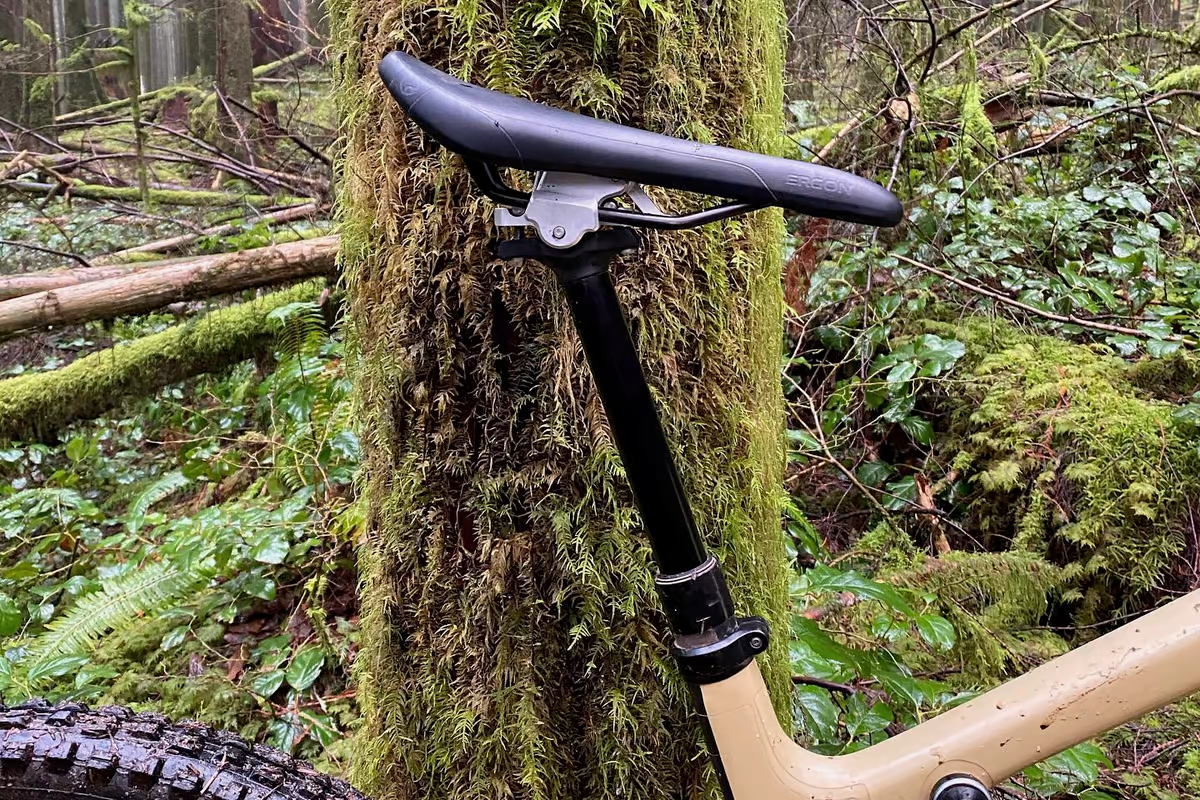
As someone who loves bikes and enjoys the thrill of the open road, I’ve often found myself pondering the age-old question: are recumbent bikes faster than upright road bikes? You’ve probably seen both types, maybe even ridden them.
They look pretty different, and that naturally leads to curiosity about how they stack up against each other, especially when speed is concerned. Let’s break it down by looking at the design, performance, and real-world experiences of these two types of bikes.
But keep in mind, while speed is important, it’s not the only thing to consider when deciding between recumbents and uprights.
The Design Differences and How They Impact Speed

The most obvious difference is the design. Road bikes, or the traditional upright bikes we all know, put the rider in an upright position with hands on the handlebars, while recumbent bikes place the rider in a laid-back, almost reclined position.
This design difference affects aerodynamics, muscle engagement, and even comfort, all of which play into speed.
Aerodynamics
When it comes to slicing through the air, recumbent bikes have an edge. They place riders lower to the ground and allow for a more horizontal position, which reduces wind resistance—a major factor that slows you down on a road bike.
Let’s think about it: when you ride an upright bike, you’re essentially acting like a human sail. Your body is more exposed to wind, which requires you to work harder to maintain high speeds.
On a recumbent bike, your body has a smaller frontal area facing the wind, meaning you cut through it more easily. In fact, many speed tests show that on flat terrain, recumbent bikes can indeed be faster than their upright counterparts.
Their superior aerodynamics come into play here. Some riders report hitting speeds that are 10-15% faster on a recumbent bike than on an upright, particularly on long, flat stretches of road. That’s nothing to sneeze at!
Hills Are a Different Story

While recumbents may shine on flat ground, the story changes when hills enter the equation. Climbing is often where upright bikes pull ahead. When you’re going uphill, the weight distribution and position of a recumbent bike make it harder to climb efficiently.
Most recumbent bikes are heavier than traditional road bikes, and the laid-back position means you can’t use your body weight to help with pedaling. On an upright bike, you can stand up on the pedals and power your way uphill, making use of your entire body to push through.
So, while recumbent bikes might blast past on flat roads, they often lag behind when the incline kicks in.
Muscle Engagement
It’s not just the shape of the bike that’s different; the way your muscles work on each bike varies too. On an upright road bike, you engage your core and upper body much more than you would on a recumbent bike.
This full-body engagement can help with power output, especially during sprints or climbing. On the other hand, recumbents rely heavily on your legs, particularly the quadriceps and hamstrings. Because you’re reclined, your core and upper body don’t get as involved in the ride.
Now, you might be thinking that less upper body engagement sounds like a win. After all, if you’re focusing mostly on your legs, wouldn’t that mean you can push harder and faster with less overall fatigue? In some cases, yes.
Riders on long-distance trips often find recumbent bikes more comfortable for this very reason—you’re relying on fewer muscle groups, which can lead to less fatigue overall.
However, when it comes to speed bursts, sprints, or difficult terrain, the upright road bike often has an advantage because it lets you distribute the effort across more of your body. So, speed isn’t just about how fast your legs can move, but how well you can use your entire body to your advantage.
Real-World Performance & the Human Factor

Of course, the speed potential of any bike depends a lot on the rider. Both types of bikes have their pros and cons, and the real-world speed you experience will depend on your fitness level, riding style, and what kind of terrain you’re on.
Some riders switch to recumbent bikes after years of discomfort on traditional bikes. Back pain, neck strain, and wrist issues are common complaints among road cyclists, especially on long rides.
Recumbent bikes are designed to alleviate that discomfort, giving you a more relaxed, reclined position that takes pressure off your back and neck.
Because of this comfort factor, some riders find they can ride faster and longer on a recumbent bike simply because they’re not dealing with pain or fatigue. When you’re comfortable, it’s easier to keep up a steady pace over long distances. That can translate to faster times overall, even if recumbents struggle a bit on hills.
Personal Preferences Play a Huge Role
Beyond speed, it’s important to consider personal preference. Some people simply feel more at home on an upright bike, enjoying the traditional feel, while others fall in love with the laid-back nature of recumbent cycling.
If you’re more comfortable and confident on a bike, you’re likely to ride better and, in some cases, faster. A friend of mine switched to a recumbent after years on a road bike, primarily because he couldn’t handle the discomfort of longer rides anymore.
Initially, he missed the upright position and found climbing hills on his new bike to be frustratingly slow. But over time, as he got used to the different riding style, his speeds picked up significantly.
For him, comfort led to better endurance, which meant faster overall speeds on flat terrain. But when it came to hillier routes, he still found his upright road bike to be superior in speed and control.
Pros and Cons Recap
Upright Road Bikes
- Better for climbing hills and handling sharp turns
- Engages the whole body, allowing for more power distribution
- Typically lighter, which helps with acceleration
- Easier to maneuver in tight spaces or urban settings
- More wind resistance due to upright position
- Can cause discomfort on long rides (e.g., back, neck, and wrist pain)
Recumbent Bikes
- Superior aerodynamics, especially on flat terrain
- More comfortable, particularly for long-distance rides
- Less strain on the body, reducing fatigue
- Faster for sustained speeds on flat roads
- Heavier and harder to climb hills
- Requires more effort to turn and maneuver
- Not ideal for sprinting or sudden bursts of speed
So, Which is Faster?
In the great debate of recumbent bikes versus upright road bikes, the answer depends on a variety of factors. On flat, straight roads with little wind interference, recumbent bikes can outpace upright bikes thanks to their aerodynamic design.
But throw in some hills or twisty roads, and the upright road bike starts to shine. Ultimately, the bike that’s faster for you comes down to how you ride, what kind of terrain you tackle, and how comfortable you are on each type.
Speed isn’t just about physics—it’s about how well you can push yourself, how much energy you can conserve, and how your bike feels after hours in the saddle. For me, while I enjoy the sleek, futuristic feel of a recumbent bike, I still find myself reaching for my road bike when I want a more responsive, full-body experience—especially if there’s even a hint of a hill in sight.
But that’s just me, and everyone’s ride is different. What matters most is finding the bike that makes you excited to get out and ride, whether it’s chasing speed or just enjoying the journey.









